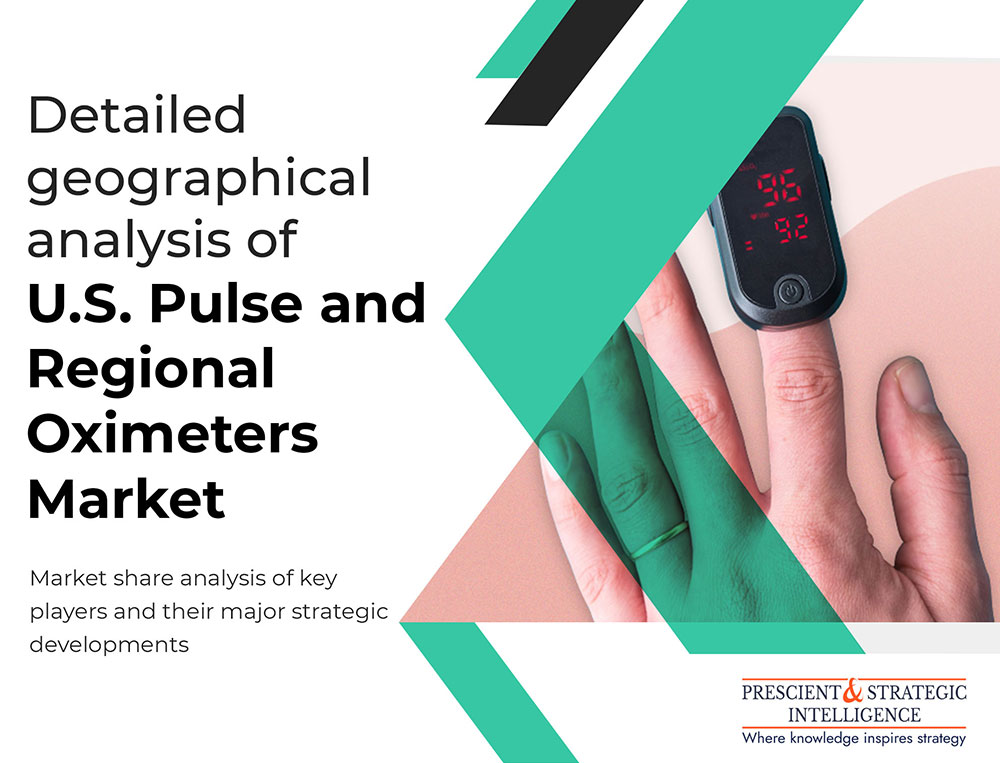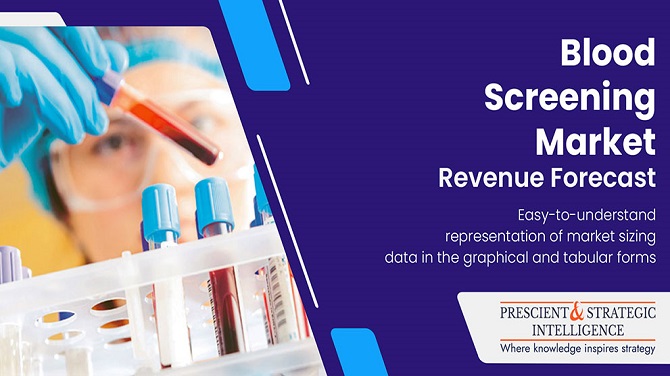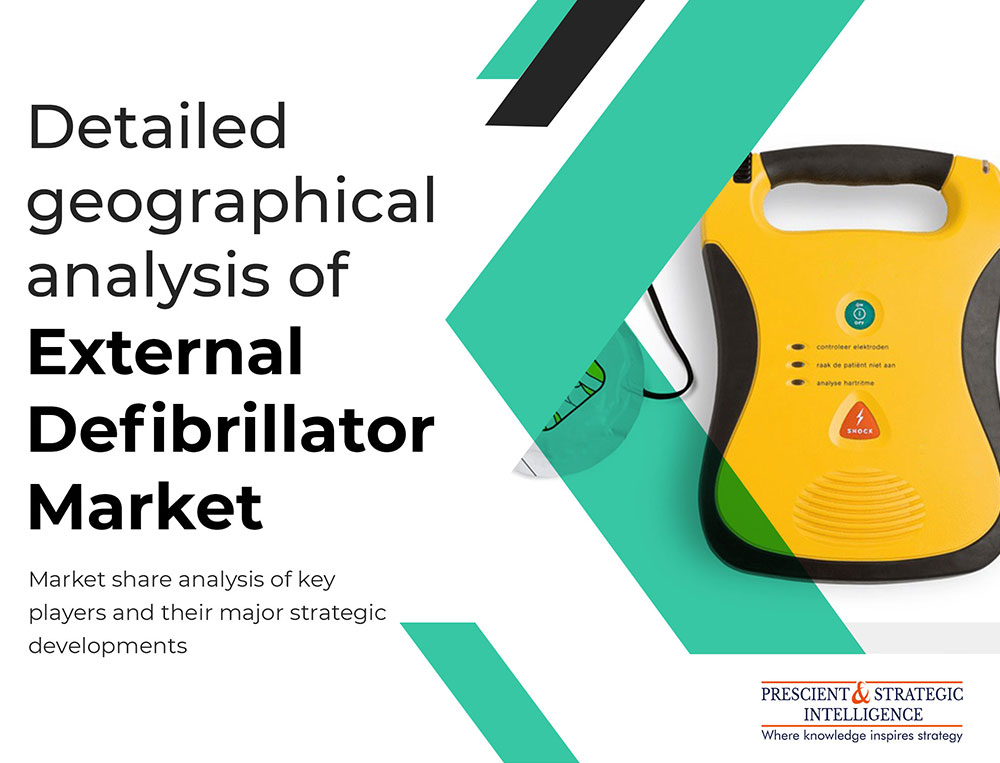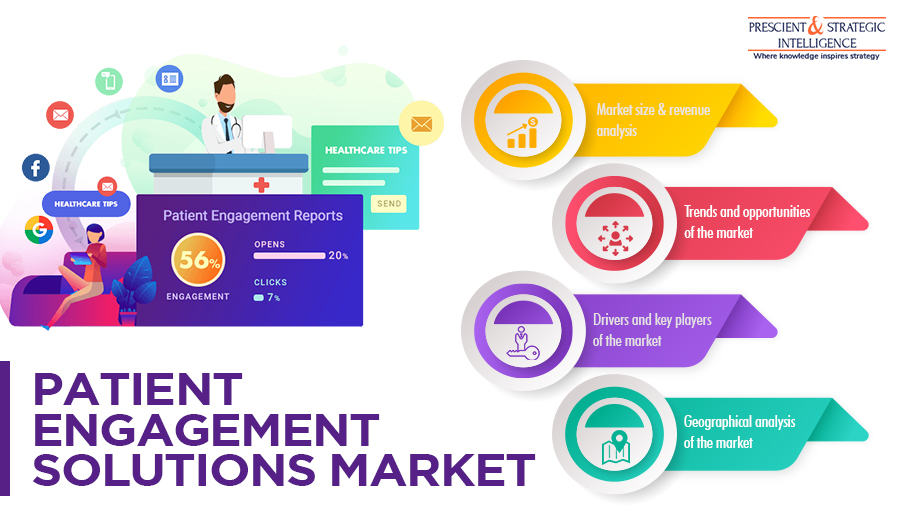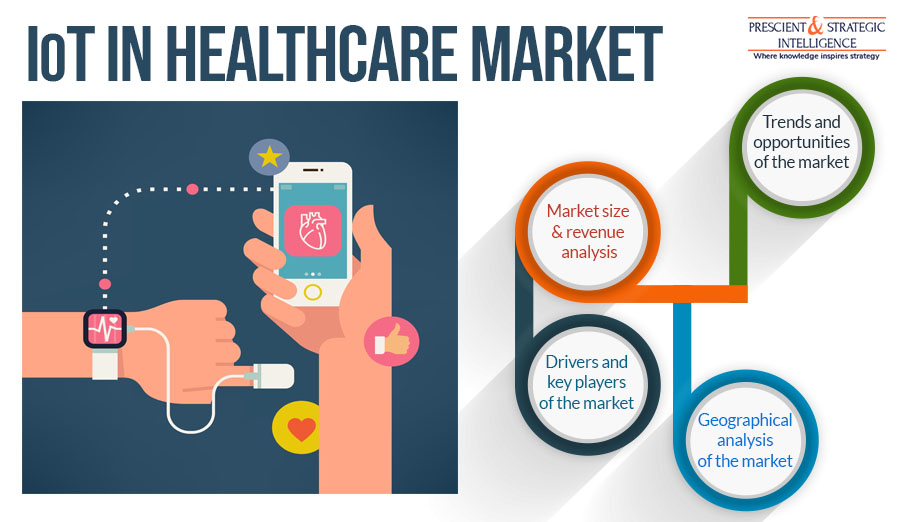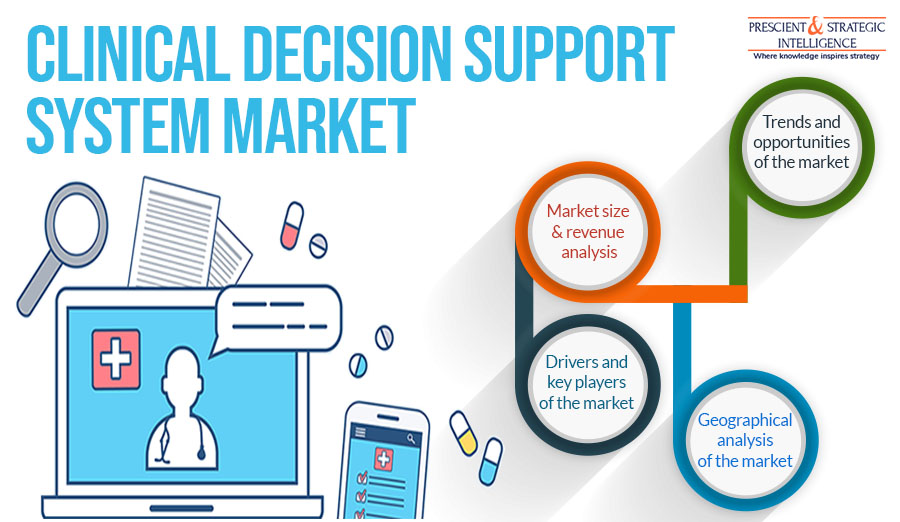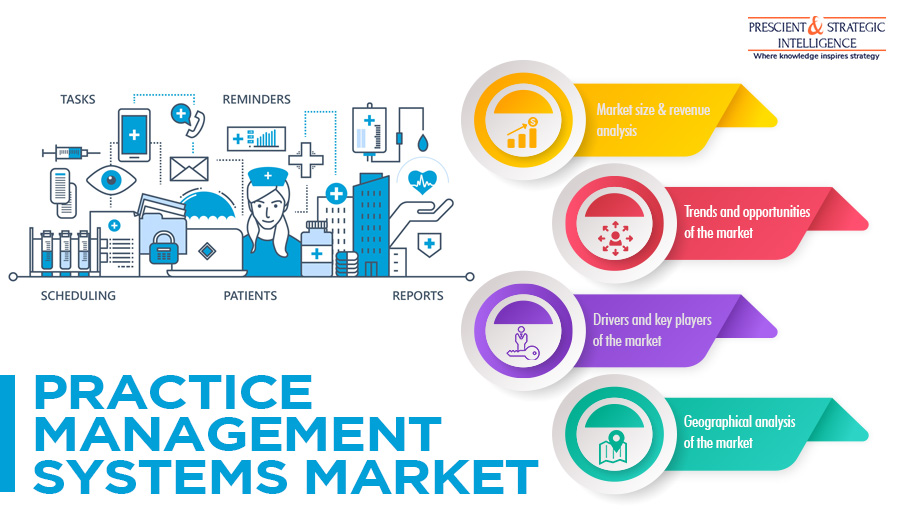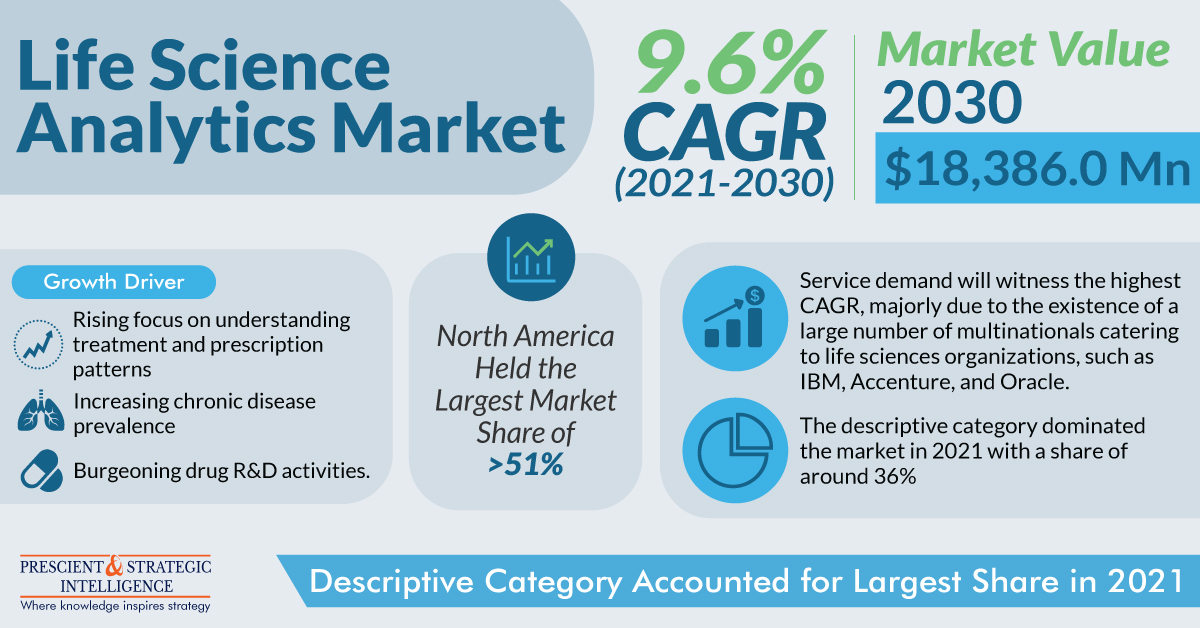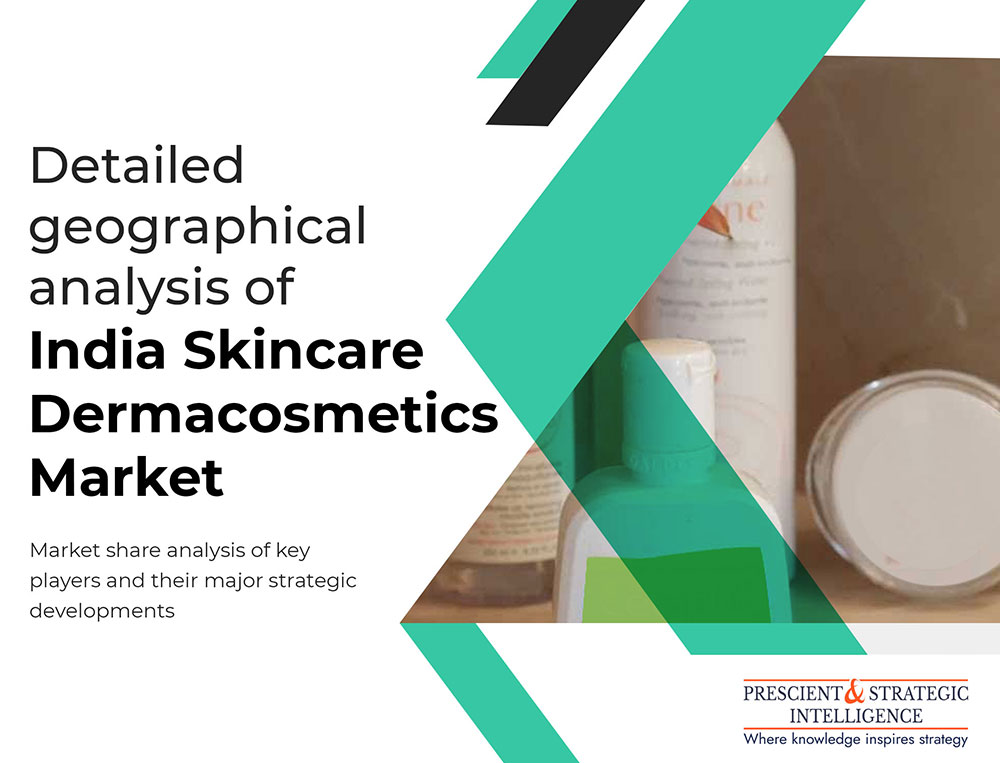In recent times, revolutionary technologies, such as the internet of things (IoT), machine learning (ML), and artificial intelligence (AI), have completely revolutionized the way businesses operate, humans work, and most importantly, healthcare is delivered. These technologies have been especially useful in an era when the growing incidence of chronic diseases and an aging global population are augmenting the burden on healthcare facilities, medical practitioners, and everyone else associated with the healthcare domain.In recent times, revolutionary technologies, such as the internet of things (IoT), machine learning (ML), and artificial intelligence (AI), have completely revolutionized the way businesses operate, humans work, and most importantly, healthcare is delivered. These technologies have been especially useful in an era when the growing incidence of chronic diseases and an aging global population are augmenting the burden on healthcare facilities, medical practitioners, and everyone else associated with the healthcare domain.
While the adoption of ML and AI has undoubtedly made healthcare operations simpler and more reliable, it’s the integration of IoT that has made the most profound impact on the healthcare domain. It has not only made medical treatment and patient care extremely affordable, but also helped healthcare providers deliver better patient outcomes. IoT is basically various small computing devices that are connected to each other via a network to perform specific tasks.
In the field of healthcare, that can mean monitoring the airflow, building temperatures, medical instruments or even the health of patients either inside or outside a healthcare facility. Owing to their ability to communicate data independently, systems integrated with IoT allow for the automation of healthcare operations and eliminate the requirement for direct human involvement, which has become the norm in these COVID times. This, in turn, enables the streamlining of operations and enhances the quality of patient care.
Apart from the aforementioned benefits, IoT-enabled devices also make remote monitoring of patients possible, which, in turn, allows doctors to provide superlative care to patients even outside healthcare facilities. This subsequently leads to higher patient engagement and satisfaction, reduces the length of hospital stays, and eliminates the requirement for regular hospital visits. This significantly reduces healthcare costs, makes medical care accessible to a large number of people, and improves patient outcomes.
Because of the above-mentioned factors, the usage of IoT-enabled devices is becoming more and more prevalent in hospitals and other healthcare facilities around the world. As a result, the global IoT in healthcare market is predicted to witness a sharp surge in its valuation, from $56.1 billion to $267.6 billion from 2017 to 2023. Furthermore, the market would advance at a CAGR of 30.2% from 2018 to 2023.
Browse detailed report analysis on IOT in Healthcare Industry Trends and Future Scope
Major Benefits of IoT in Healthcare: –
• For Physicians: With the help of wearable devices and various home monitoring systems embedded with IoT, doctors and physicians can monitor the health of patients more effectively. Moreover, these devices allow healthcare providers to keep track of patients’ adherence to treatment programs or any requirement for immediate medical assistance. IoT also allows physicians to connect with patients very proactively. The data gathered from IoT-integrated devices helps healthcare practitioners identify suitable treatment plans for patients and deliver quality care.
• For Hospitals: In hospitals, IoT devices equipped with sensors are used to track the real-time location of medical instruments and equipment, such as defibrillators, wheelchairs, oxygen pumps, and nebulizers. Additionally, these devices allow for the real-time monitoring of the medical staff deployed at different locations.
The rising incidence of hospital-associated infections (HAIs) is making IoT-enabled hygiene monitoring devices incredibly important in hospitals. This is because these devices play a major role in curbing the spread of infections. Besides these benefits, IoT-enabled devices also help in environmental monitoring, such as checking the refrigerator temperature and controlling it and the humidity, and in asset management tasks, such as pharmacy inventory control.
• For Health Insurance Companies: Insurance firms can leverage the data collected through IoT-enabled health monitoring devices for their claims and underwriting operations. This data allows them to detect fraud claims and identify potential prospects for underwriting. Moreover, IoT enhances the transparency between customers and insurers during the pricing, underwriting, risk assessment, and claims handling processes.
Resultingly, IoT Integration in Healthcare Is Backed by Investments
Considering the numerous benefits of the technology for the healthcare sector, private and public organizations all over the world are making huge investments to integrate it in the domain. For example, the European Union (EU) implemented the Connecting Europe Facility (CEF) program in November 2015, for the development of digital service infrastructure (DSI), with an investment of as much as $18.2 million. Under the CEF program, various proposals were taken from the member states of the EU to provide pan-EU digital services in four niches: eProcurement, eHealth, online dispute resolution (ODR), and eIdentification (eID).
Similarly, the British government had launched a three-year national program, called the IoTUK, with an investment worth $52.8 million, for the development of IoT networks throughout the country. In the U.S., the federal government has implemented various policies, such as the Health Information Technology for Economic and Clinical Health (HITECH) Act and the Affordable Care Act (ACA), for promoting the usage of electronic health record (EHR) solutions.
The ACA supports medication management plans for improving the quality of medical treatment in the U.S. These policies also offer incentives to people working in the healthcare sector for infrastructure development and workforce training.
Unsurprisingly, North American Hospitals Have Observed Highest Adoption of IoT in Past Years
Geographically, the incorporation of IoT was found to be the highest in North American healthcare facilities in the years gone by. This was because of the high incidence of chronic diseases, high public awareness about the various benefits of IoT in healthcare operations, on account of the several initiatives launched by both government and non-government organizations, rapid technological innovations, and R&D activities in the healthcare information technology (HIT) sector in the region.
What Does Future Hold?
In the coming years, the adoption of IoT is predicted to rise at the highest rate in the healthcare facilities situated in the Asia-Pacific (APAC) region. This would be a result of the increasing incidence of chronic diseases, soaring geriatric population, and surging investments by both public and private organizations in the healthcare sector of the region.
Hence, it can be said with full surety that the demand for IoT-integrated devices in healthcare facilities and operations would surge across the world in the future, mainly because of the various advantages provided by them, such as enabling remote monitoring of patients’ health and automating healthcare processes.

